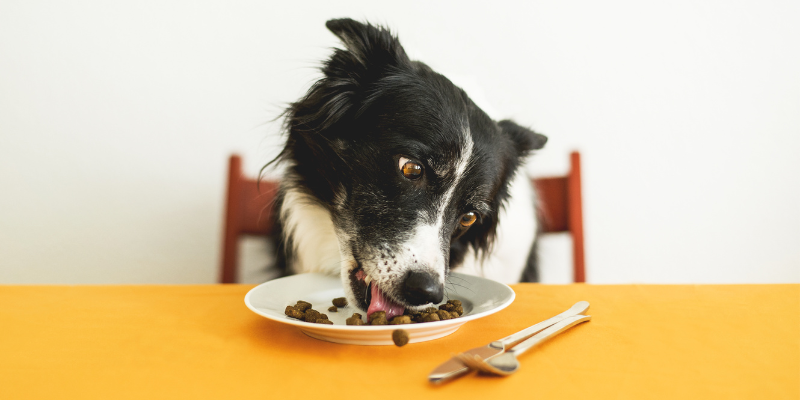Some of the most common pet care questions we field are related to diet, and what will be the healthiest, safest, and tastiest diet for a much-beloved pet.
Unfortunately, there is no one perfect diet to suit each and every cat or dog. Like us, pets have individual taste and texture preferences and will also have different nutritional requirements based on their life stage and general health status.
To help you select the best food for your pet, we’ve trimmed off the fat and served up the top-grade dietary information. Bon appétit!
1. Nutritional balance
Ensure that any commercial food you choose for your pet is labelled as “complete and balanced” for your pet’s life stage and meets AAFCO or FEDIAF nutritional guidelines.
If you choose to prepare your pet’s food at home, it’s recommended to consult a Board-Certified Veterinary Nutritionist first, as research has shown up to 95% of homemade diets are deficient in at least one essential nutrient.
2. Safety
It’s essential that your pet food manufacturer complies with the Australian Standard for the Manufacturing and Marketing of Pet Food and meets food quality and safety standards with regular laboratory testing at various points of the production process.
Ensure that any meat you feed your pet is fresh and human-grade. Generally, it’s best to avoid commercial “pet meat” or “pet mince”, as these may contain sulphite preservatives that can lead to Vitamin B1 deficiencies.
Feeding pets a raw diet is not recommended in households with immunocompromised people or young children due to the higher risk of harmful bacterial contamination.
3. Food allergies
Food allergies occur when pets develop an allergic response to a particular protein/s. Allergies can happen after many years of eating the same diet, so they don’t require a recent dietary change as many owners expect.
If a potential food allergy is suspected, the most reliable means of diagnosis is via a hypoallergenic dietary trial (also known as an elimination diet) overseen by one of our experienced veterinarians.
A hypoallergenic dietary trial involves feeding the pet a strict, limited-ingredient diet for a set period (usually 8-12 weeks). This may be done through:
- A home-cooked or commercial novel protein diet containing only a single protein type that the pet has NEVER eaten before (plus a bland carbohydrate such as potato)
- A commercial hydrolysed protein diet, where the contained protein has been chemically altered so that the pet’s body is unlikely to be triggered by it
During this process, the pet shouldn’t be fed any other treats, snacks, or flavoured medications.
4. What you and your pet want and need
In most cases, a high-quality commercial diet tailored to your pet’s specific life stage and health status is the easiest way to ensure that your pet eats nutritionally appropriate meals, especially if you are limited in food-prep time. Whether this is kibble, tinned food, or a pre-packaged pet meal, it is up to your wallet and your pet’s tastes and health requirements.
For more personalised dietary recommendations for your pet, consult our nutritionally knowledgeable team.






